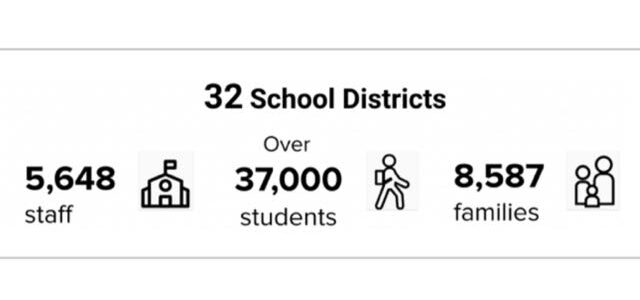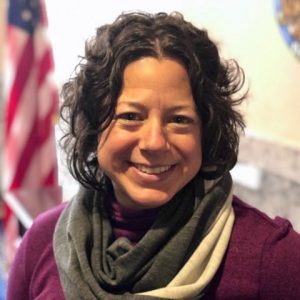
2020 School Climate & Connectedness Survey Results Released!

Last week (May 11), 2020 School Climate & Connectedness Survey (SCCS) results were released to the 32 school districts that took the statewide survey this past spring. While how students are learning and how staff are teaching looks completely different than it did two months ago, student, staff and family perceptions about schools’ strengths and challenges have not gone away.
The importance of school climate does not stop when you leave a “brick and mortar” school. Feeling safe, connected, and welcomed is all about relationships – which extend well beyond a school building. It is even more important now for students and staff to have a positive school climate and for schools to have insight into what their school community perceptions are.
2020 School Climate & Connectedness Survey participation:

To Access Statewide Results go here: Alaska Statewide Link
School districts have started to look at their results to reflect on how students, staff, and families felt about feeling safe, connected, and welcomed this spring, and to support a positive school climate for the rest of this school year, and this fall (no matter what schools will look like.)
New this Year!
To help to gain a better sense of staff perceptions on school climate, new topics on Relationships, SEL, and Trauma Engaged Schools were included in this year’s survey.
Check out some of the new insights here:
What are staff members in Alaska schools saying about their relationships with staff and students?
- 79% of staff agreed they were supported by the people they work with.
- 70% of staff agreed that every student at their school has an adult who will miss them when they are absent, compared to 43% of students agreeing that they have a teacher or some other adult who will miss then when absent
What are staff members saying about Trauma Engaged Schools? (schools’ ability to provide what they need to affected students).
- 66% of staff agreed that “there are support systems to respond to trauma experienced by students.”
- 65% of staff agreed,” I feel supported to respond to trauma experienced by students.”
As a result of district requests, a new question around vaping was also added to the Observed Risk Behavior section for drugs & alcohol use:
In the past 12 months, how often have you personally seen other students Vaping (such as e-cigarettes, e-cigars, e-pipes, e-hookah, vape pens (JUULss)
- Statewide: 60% of grade 6-12 students report seeing other students at school or school events under the influence of vaping 0 times compared to 92% of staff reporting seeing it 0 times.
Using the Results
Over 100 school staff from around the state attended an Understanding Your 2020 School Climate & Connectedness Survey Results virtual session on May 11 hosted by AASB & Panorama Education. Staff were guided on how to navigate their survey results in the survey platform, and were walked through a “data as voice protocol” to help make meaning of the data and left with resources and next steps on how to use these results.
Some of the next steps identified by participants to help them make data-informed decisions in their school and district planning included:
- “Share information with the leadership team, the community, and students.”
- “Use this data to drive initiatives through our Foundations and SEL
- teams.”
- “Dive into layers of data to determine what the data is really saying.”
- Look at which “parts fit with our school action planning goals so we can use the results from year to year.”
In times like these, it is even more important for students & staff to feel safe, connected, and welcomed in their schools, so students are able to learn and staff are able to create positive conditions for learning.
We recommend that districts follow these steps after they receive their results:
- Send out results to your school communities (include district leaders, school board, school staff).
- Decide how and when stakeholders will review results. Districts that set aside intentional time for staff, school board members, district leaders, and others to review and have conversations round the results, identify focus areas, and create action steps are more likely to see improved school climate outcomes.
- Share action steps. Once action steps are identified, share and gather input on how steps can be implemented, and continue to visit these steps throughout the year.
Please do not hesitate to email Jenni Lefing with questions about the survey and to figure out how your district can make the most of your school climate data.
# # #
